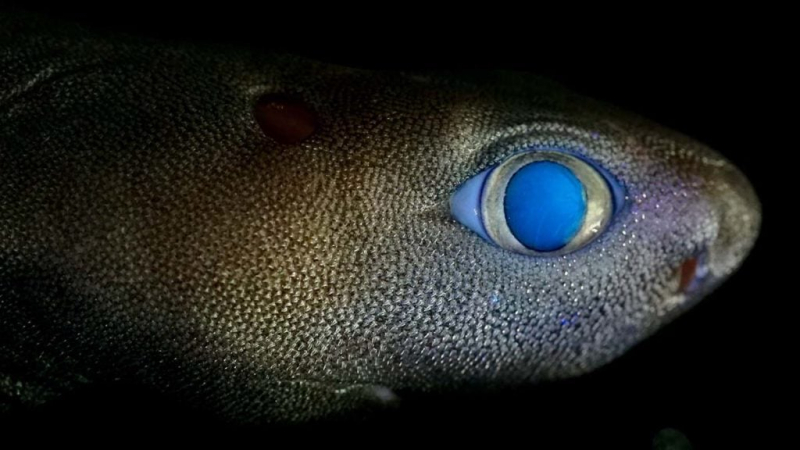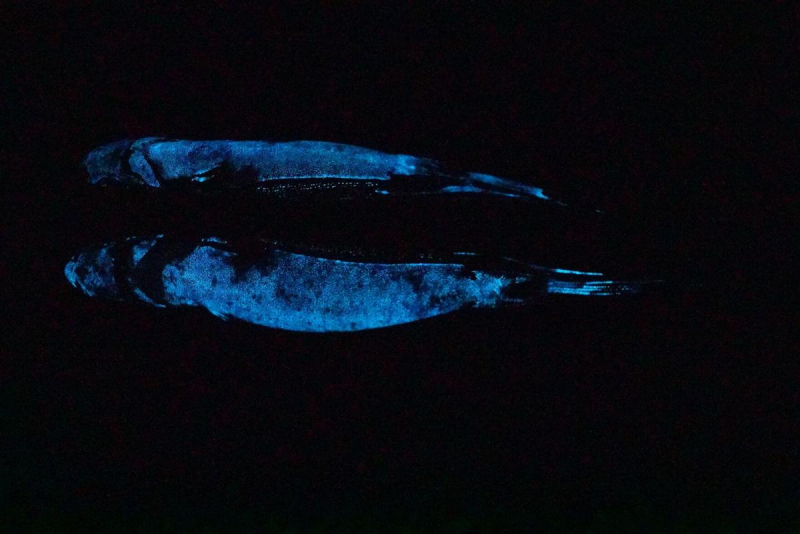Bioluminescent Sharks Use Light to Camouflage Themselves
In the huge, dark environment known as the mesopelagic twilight zone, which occurs between 200 and 1,000 meters deep in the ocean, sunlight is gradually replaced by point-like bioluminescent emissions as depth increases. Dr. Julien Claes of the Université Catholique de Louvain and his colleagues studied the visual ecology of five deep-sea bioluminescent sharks to better understand the tactics utilized by bioluminescent predators.
For better or worse, and typically worse, sharks are frequently linked to violent assaults in the news and iconic movies like Jaws. And certain shark species can be hostile and dangerous. There are more than 500 different species of shark in the globe, and some of them cannot defend themselves by using their strong teeth and speed.
Even though they can reach lengths of almost six feet, some bioluminescent sharks have evolved special camouflage to protect themselves from predators. On the basis of their research, researchers at least hold that opinion. Because these species of sharks have concentrated bioluminescent cells on their underbellies, it has been hypothesized that the shining effect would make the sharks practically invisible when seen from below with the water's surface and light visible above them.












